The people (and by people, I mean heroes) at Aksys Games who brought us Blazblue: Calamity Trigger are now giving even more awesome niche Japanese goodies to North America. In this case, it is the first officially localized title from shoot-’em-up (or “shmup”) developer CAVE. Said game is Deathsmiles, available on Xbox 360 since the end of June.
If you can still find it, the Limited Edition release of this game comes with a bonus pressed soundtrack CD. Aksys is usually pretty good about their soundtrack releases (you’ll remember Blazblue came more complete than either Japanese release, and Record of Agarest War came with that hilarious porn-groove track). In this case, though, we were scared. The CD only had 15 tracks, but the OST printed in Japan was 20+ tracks. What gives?
Well, here’s the deal. They didn’t give us a reprint of the Japanese OST. No, instead, they gave us the Deathsmiles Premium Arrange Album, featuring arrangements from a variety of composers. Though people will argue both sides of it, I have more often heard people ranting (happily) about the arranged album than the OST, though both are great.
So they’ve done us a huge favor by giving us access to a physical print version of this excellent, hard-to-find Japanese arranged CD. Not to mention an excellent game. Our thoughts on the arrangements just after the jump!
Fifteen tracks… you ready for it? Tracklist time! Note, the entirety of this album is composed by Basiscape member Manabu Namiki, but each track has a different arranger.
[track / title / arranger]
01 / Invitation from Another World – Select / Manabu Namiki
02 / Burning Halloween Town – Stage A-1, Staff / Yasuhisa Watanabe
03 / Gravekeeper’s Anger – Stage A-2 / Toshiya Yamanaka
04 / Lost Forest – Stage B-1 / Soshi Hosoi
05 / The Witch of the Bottomless Swamp – Stage B-2 / Yoshimi Kudo
06 / Rebellion of the Lake Village – Stage C-1 / Ryu Umemoto
07 / Awakened Giant Beast – Stage C-2 / Raito (lisa-rec)
08 / Angels’ Melancholy – Stage Clear / Azusa Chiba
09 / Crossing the Ravine… – Stage Extra-1 / Shuichiro Nakazawa
10 / Memories of the Ruined Crystal Temple – Stage Extra-2 / Mitsuhiro Kaneda
11 / Hades Castle – Stage Final-1 / Noriyuki Kamikura
12 / Waltz for the Aristocrat Ghosts – Stage Final-2 / Norihiro Furukawa
13 / Mad with Hatred in the Banquet of Madness and Blood – Boss / Masaharu Iwata
14 / To the Wandering Beloved Souls – Name, Demo / Kimihiro Abe
15 / Memories of the Ruined Crystal Temple (Original) – Stage Extra-2 / Manabu Namiki
As you can see, many of the arrangers here are Basiscape members as well, though that’s not the case 100% of the time.
The first two tracks on the album capture the “macabre carnival” feel of Deathsmiles perfectly. Namiki added strange voice clips to his own original version of the Stage Select screen. Dark, spooky, and fun all in the same track. Then Zuntata veteran Yasuhisa “Yack” Watanabe turns “Burning Halloween Town,” the opening stage music, into a straight up dance piece. The synths used are excellent, and oldschool Yack fans will recognize some familiar uses of percussion and reverb-heavy piano.
So you’ve been introduced to the creepy big tent, and now it’s time to party down. Excellent way to open the album, in my opinion.
Yamanaka’s arrangement for “Gravekeeper’s Anger” uses slap bass and wawa guitar with a synth dance track in such a way that rivals my personal heroes of such a merger: Daft Punk. If you’re not bobbing your head along, there’s probably no hope for you. I can understand some people, perhaps a little too into the mainstream, being turned off by the 8-bar organ solo or the (gasp) lack of melodic repetition. But yeah, this is an awesome piece of music. So far, we’re batting 1000.
Now, if you’ll forgive me for extending the baseball analogy, I don’t think we get a grand slam with the fourth track. It doesn’t knock the ball out of the park, though it certainly keeps up the quality. “Lost Forest” may not be everyones’ favorite track on the album, but I love what’s happening here. This track, matching most others in length (5 minutes), is the most trippy one thus far in the album. The voice sample of a man saying the word “experience” against what sounds like a mix of the PixelJunk Eden soundtrack and authentic graduate-level electronic experimental music is probably what attracts me to the track so much. It is definitely weird, and only barely holds to the source material. But for me, it’s music like this that keeps the whole album fresh and interesting.
Despite being heavy on electric guitar, the weirdness manages to continue with Kudo-san’s arrangement of “The Witch of the Bottomless Swamp.” I suspect it’s the source composition that keeps things so “evil clown”-centric. I also love the syncopated claps on this track.
Going from weird to downright crazy, Ryu Umemoto’s arrangement of the Stage C-1 music is one of my personal favorites. I had high hopes for the track, since I love some of Umemoto’s previous work (see EVE: Burst Error). How to describe this track? “Angry electronica” gets me close to the real deal. Highly syncopated, lots of rhythmic 16th-note patterns happening. Melodically, it’s mostly minor-key, with a few instances of the sun breaking through the clouds (again, forgive the metaphor). This is the perfect style of music for a shmup, and it’d be cool to hear the arranged version of the music played against the action of the game.
I’ve decided to give Raito’s arrangement of “Awakened Giant Beast” the “disco orchestra hit overuse” award. Moving on… Azusa Chiba uses harp, synth choir, and various Celtic pipes and whistles to bring a soothing mid-album reprieve with the “Stage Clear” music. Excellent choices in instrumentation, and an excellent arrangement overall. This is one track that, if you don’t think you’d like the rest of the album, you’d probably still like this. It reminds me of the slower tracks of various Tenpei Sato arranged albums (see, for example, Phantom Brave). Somehow, this kind of music works really well with the lighter, pastelle anime character designs of games like these.
The two “Stage Extra” tracks are some of my favorites from the OST. Nakazawa’s arrangement of “Crossing the Ravine…” doesn’t do much new, and frankly, I’m fine with that. It was a great piece in its own right. Again, weird! But great. Mitsuhiro Kaneda, on the other hand, brings plenty of new sounds and styles to the track “Memories of the Ruined Crystal Temple.” Key word in the track title? “Crystal.” Lots of pitched percussion: orchestra bells, xylophone, and even a synth that sounds like pitched glass cups filled with water (though it is likely a manipulation of the Celeste). Then there are all sorts of awesome synths, and a keyboard sound that I think is a Fender Rhodes or Wurlitzer … one of those things. Something awesome. This whole song is just awesome, actually. It even breaks out of 4/4 tempo from time to time. Now, if you want to compare it to the original, you easily can, as that is the bonus track on this album. Namiki’s original track is more guitar-heavy, and it has some interesting voice samples strewn in the beginning. Both versions are great.
Okay, here comes another favorite! “Hades Castle” is, based on the Internet chatter out there, a big favorite among CAVE nuts. Kamikura’s arrangement does a great job with the dynamic levels. The softs are very soft, and the louds are just knocking you over. Double bass drum pedals, epic choir chants and everything. It’s a great “beginning of the final stage” track, pumping you up in the same sort of way that “Dr. Wily’s Stage” from Megaman 2 has been capturing our attention for decades. Just straight up awesome. Now, how the arrangement deviates from the original, I think it really is just in the extremes, and the intensity. And guitar solos. Can’t forget about the guitar solos.
Somewhat anti-climactic, the second half of “Stage Final” is a waltz. It’s another macabre-death sort of track, but now it’s ghastly ballroom gloom and doom instead of silly fun death carnival music. That’s not to say the tempo never picks up. Things get pretty nuts after the two minute mark, but it’s much darker than pretty much any other track on the album. And I say “pretty much” because if there is one darker track, it’s the boss battle music, arranged by master of crazy dark insanity, Masaharu Iwata. Iwata has participated on more “Premium Arrange” albums (where various composers arrange tracks from a single game) than any other composer I know of. And he always does these crazy, dark, powerful tracks (see Phantasy Star Online as an example). Personally, I never cared for this track, original or arranged. But it still holds up the quality found elsewhere on the disc.
The final arranged track is the name entry music, “To the Wandering Beloved Souls.” Kimihiro Abe, one of my favorite members of the Basiscape team, has arrangement duty. This is the shortest track on the album (just over 3 minutes). It takes about one minute before the piece really “gets going,” but at that one minute mark, the cello enters for the melody. And at that point, the track becomes beautiful. Lots of backwards-play harmonic backup is found on the track, but the string performance is beautiful. It’s a fitting end, though the true end to the album is the aforementioned original version of Crystal Temple.
I don’t think you need my concluding thoughts on this album. The “masses” (term used loosely since it’s just a vocal minority of shmup fans) have already deemed the Deathsmiles soundtrack a success, and the arranged album is right up there in quality. So again, a big high five to Aksys Games for giving us this disc as a bonus offering with the Limited Edition. If you haven’t already imported the arrange album, well hey, this is just one more reason to pick up the game itself, right?
Tags: Aksys Games, Basiscape, CAVE, Deathsmiles, Manabu Namiki, Music Reviews, Promotional, Reviews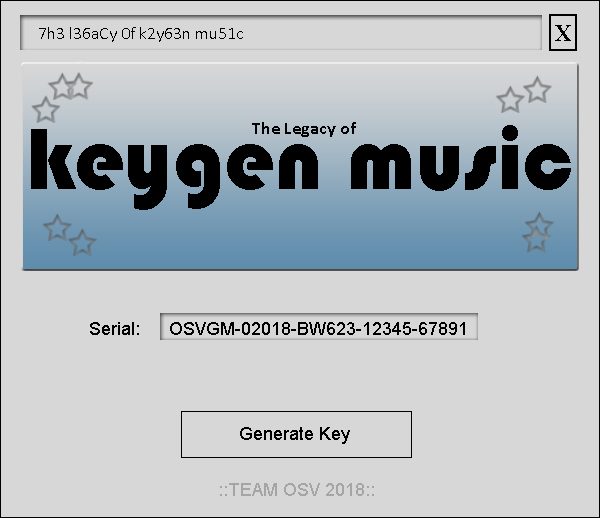
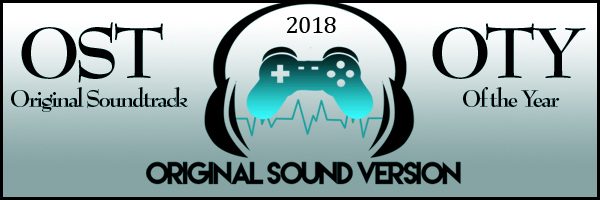
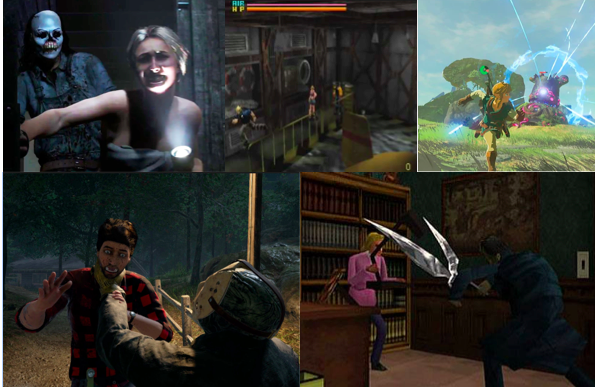


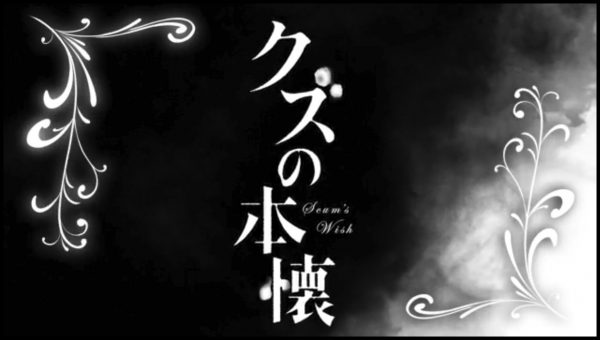


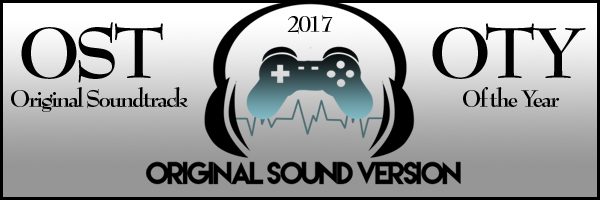
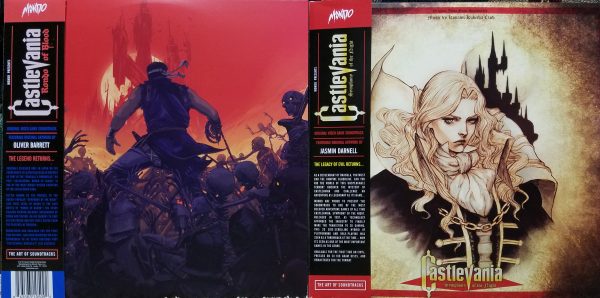
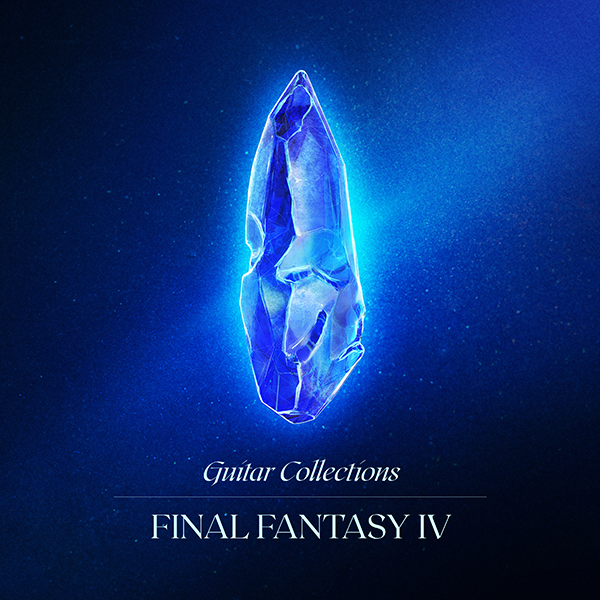
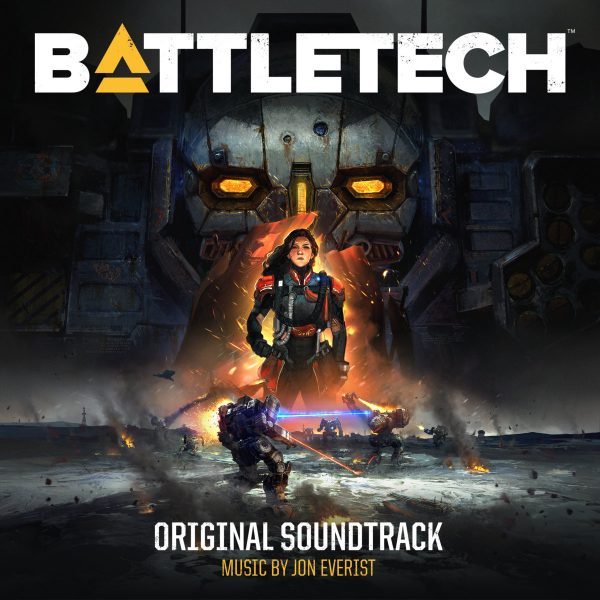

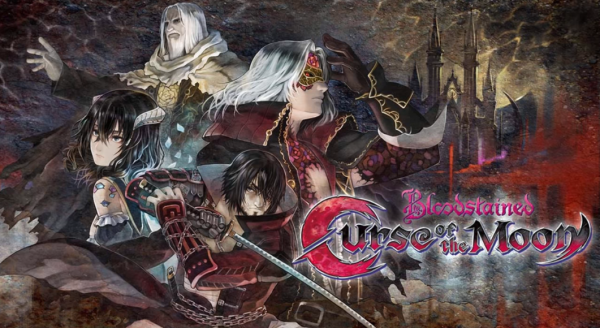
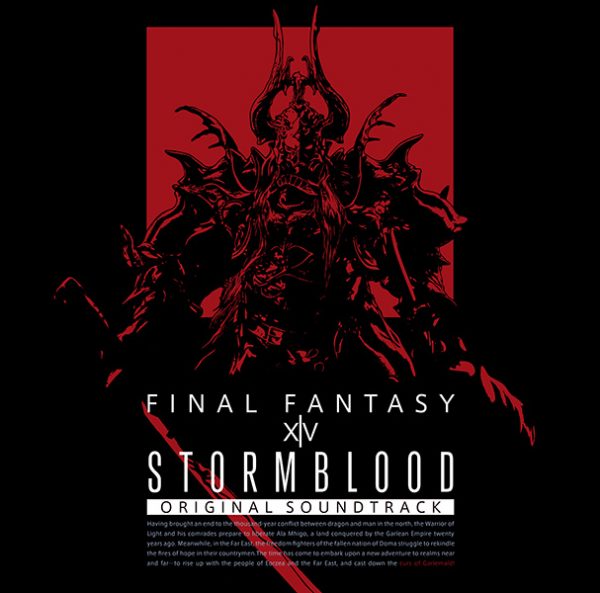
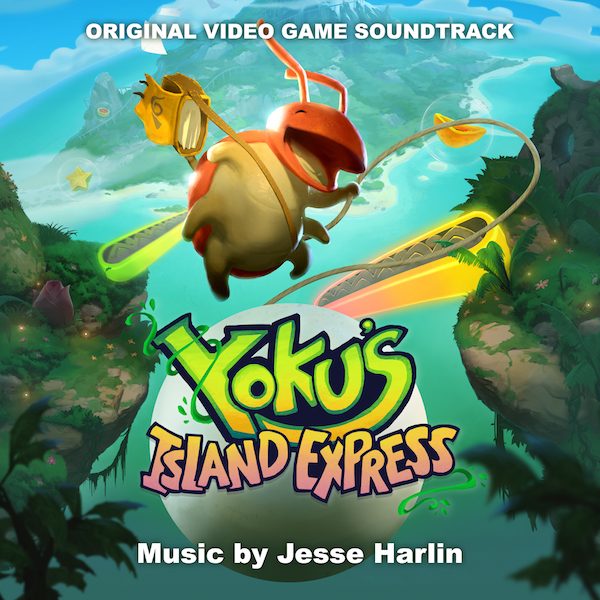
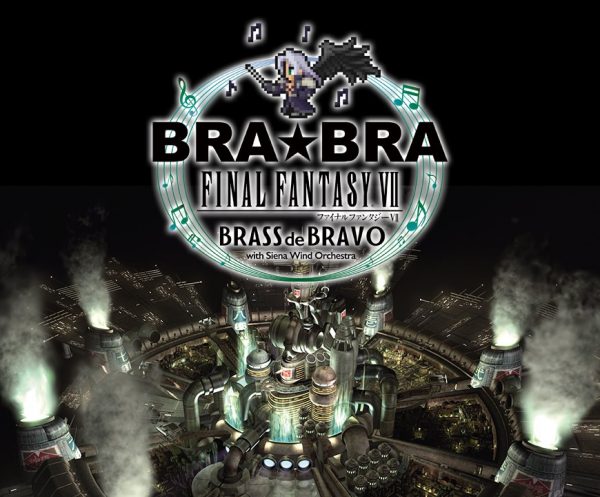
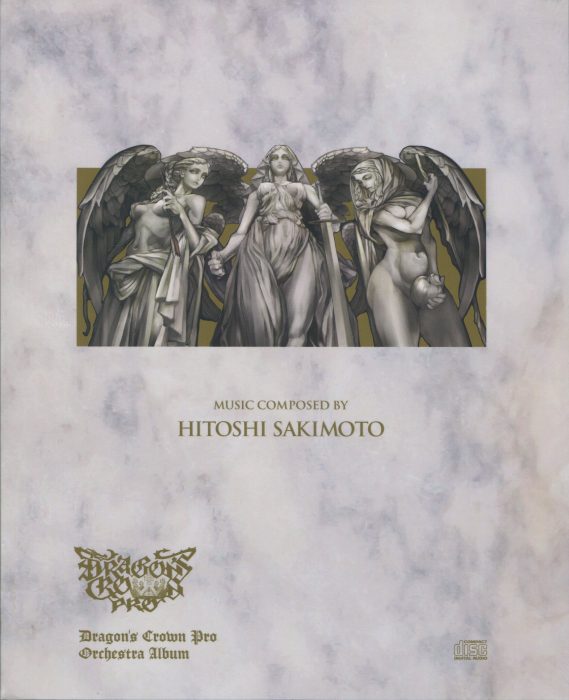

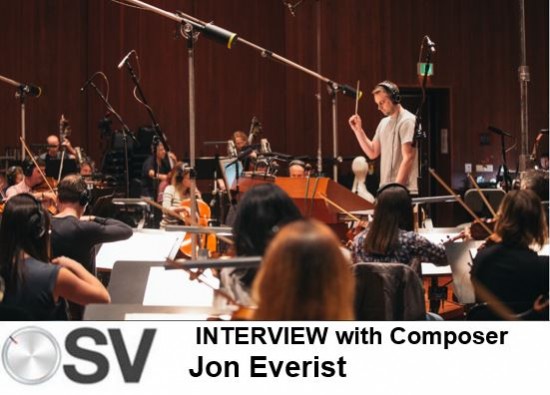
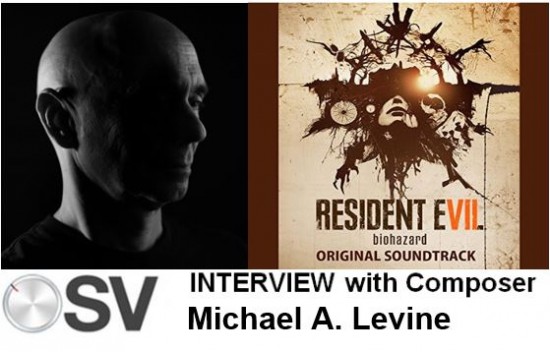
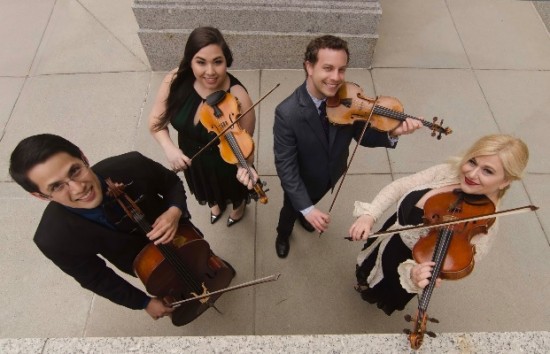
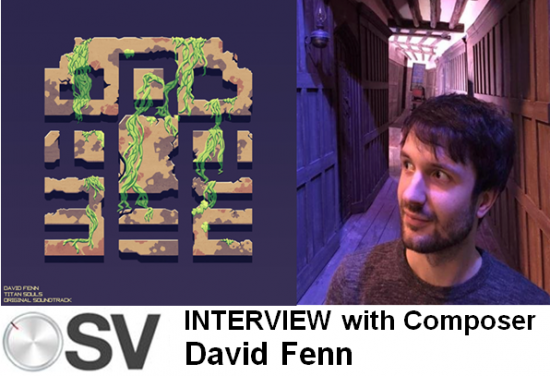
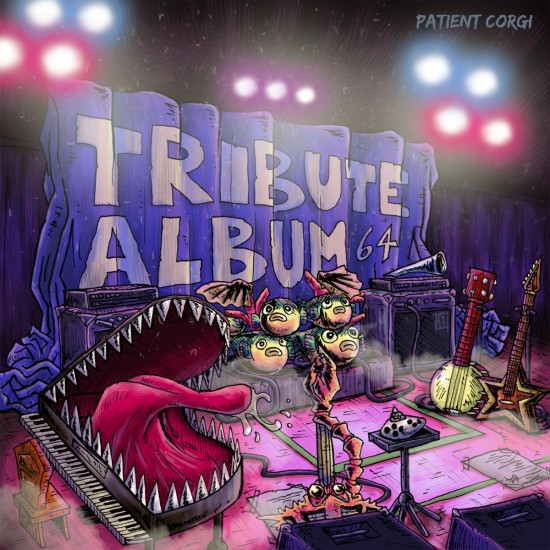

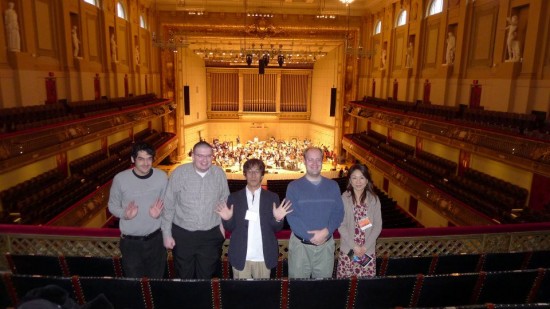
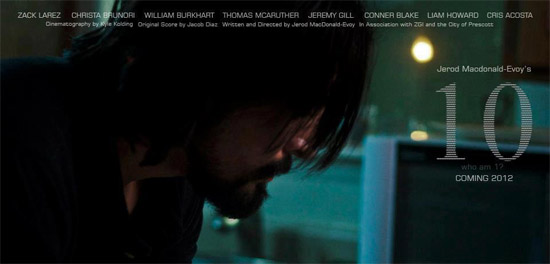
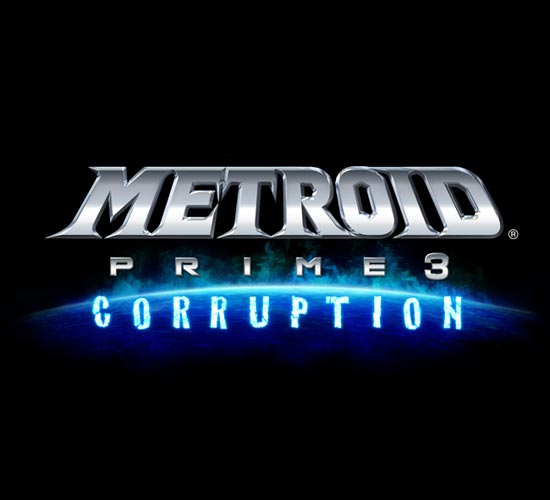


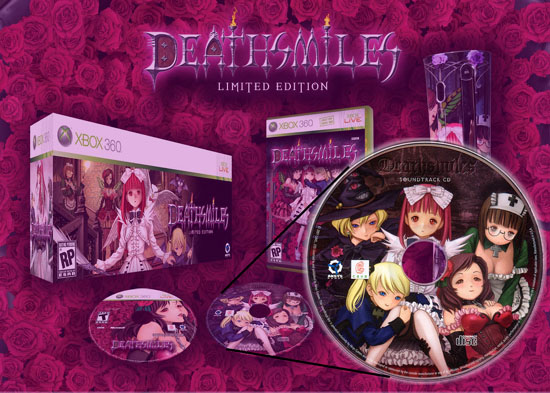

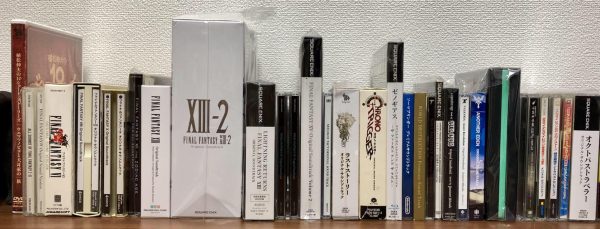
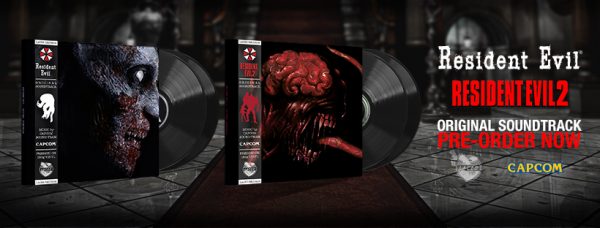

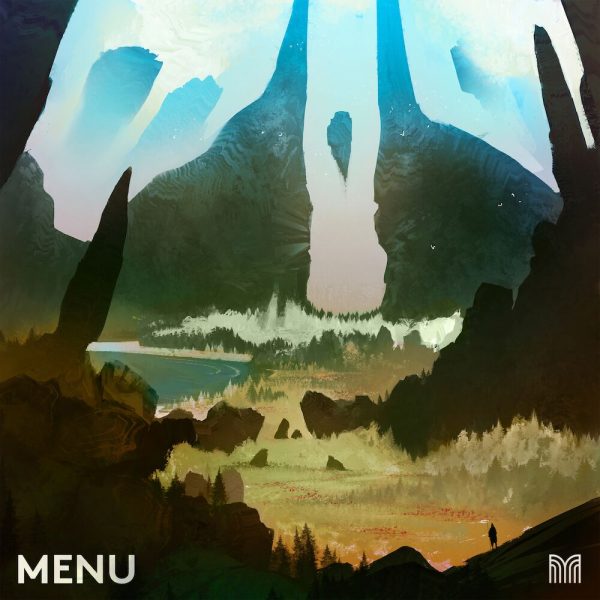
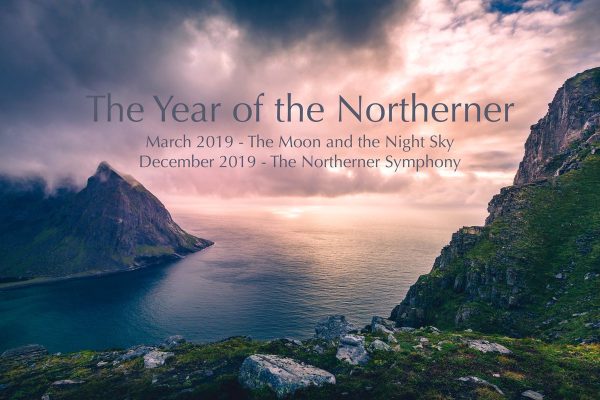
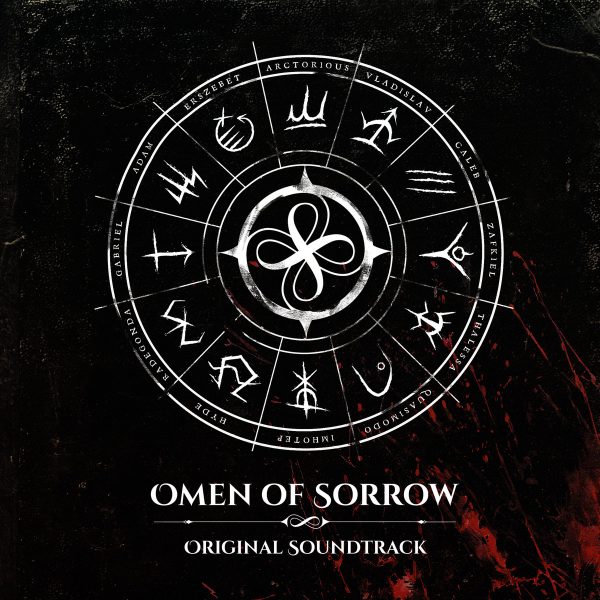
I was so disappointed with this soundtrack. I got the game, totally expecting some sort of fast-paced, metal soundtrack. I listened to the disc on the way home from picking up the game as usual, and took the CD out. I just really felt like the included soundtrack was not shmup music at all. When I got home and played the game, I heard much more appropriate and awesome music in the actual game. I had to hunt down the original soundtrack to enjoy this music.
Total kudos to Aksys, cause I agree they are heroes. I just wasn’t too impressed with the included disc.